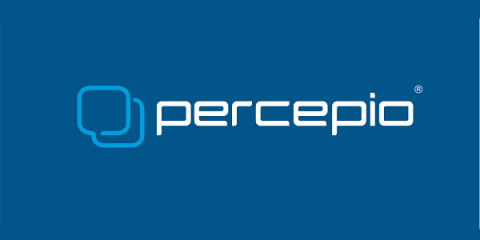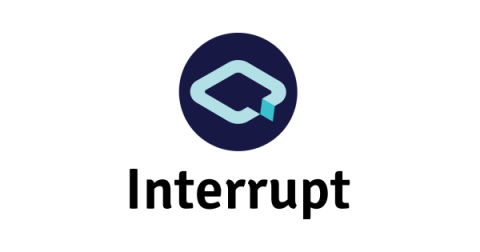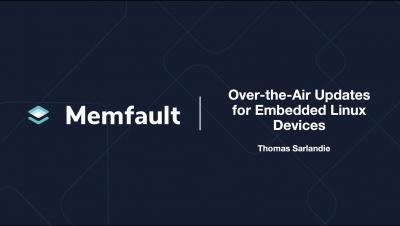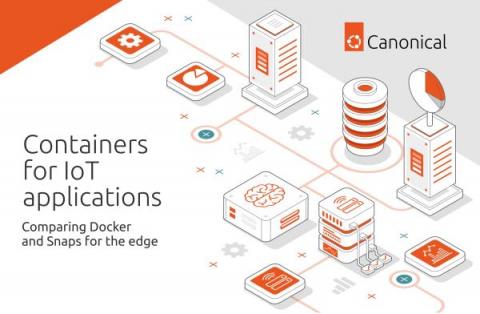Tracealyzer 4.8 Is Out
Tracealyzer version 4.8 has just been released, with major optimizations and improvements for Zephyr RTOS, and support for 64-bit target processors (FreeRTOS, Zephyr and SafeRTOS only). In addition, the ESP32 support is upgraded to use the latest TraceRecorder library, supporting all recent versions of ESP-IDF up to v5.2 dev. Snapshot tracing is now primarily supported by the implementation for streaming mode, using the RingBuffer stream port.







